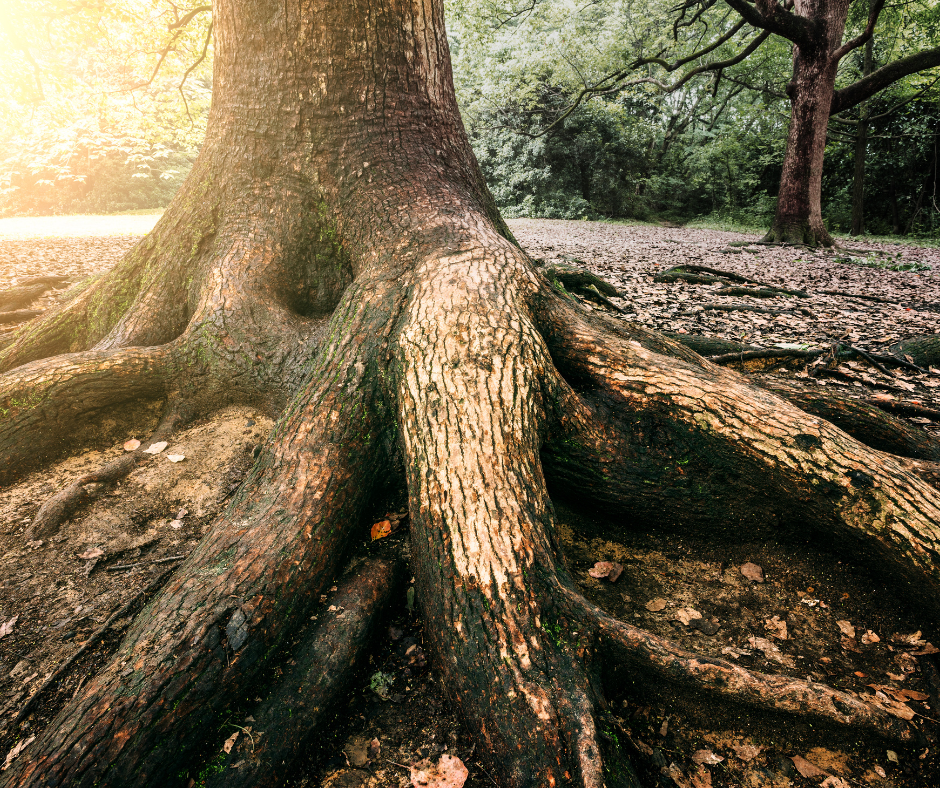Tree Roots & Sewers
go.ncsu.edu/readext?922320
en Español / em Português
El inglés es el idioma de control de esta página. En la medida en que haya algún conflicto entre la traducción al inglés y la traducción, el inglés prevalece.
Al hacer clic en el enlace de traducción se activa un servicio de traducción gratuito para convertir la página al español. Al igual que con cualquier traducción por Internet, la conversión no es sensible al contexto y puede que no traduzca el texto en su significado original. NC State Extension no garantiza la exactitud del texto traducido. Por favor, tenga en cuenta que algunas aplicaciones y/o servicios pueden no funcionar como se espera cuando se traducen.
Português
Inglês é o idioma de controle desta página. Na medida que haja algum conflito entre o texto original em Inglês e a tradução, o Inglês prevalece.
Ao clicar no link de tradução, um serviço gratuito de tradução será ativado para converter a página para o Português. Como em qualquer tradução pela internet, a conversão não é sensivel ao contexto e pode não ocorrer a tradução para o significado orginal. O serviço de Extensão da Carolina do Norte (NC State Extension) não garante a exatidão do texto traduzido. Por favor, observe que algumas funções ou serviços podem não funcionar como esperado após a tradução.
English
English is the controlling language of this page. To the extent there is any conflict between the English text and the translation, English controls.
Clicking on the translation link activates a free translation service to convert the page to Spanish. As with any Internet translation, the conversion is not context-sensitive and may not translate the text to its original meaning. NC State Extension does not guarantee the accuracy of the translated text. Please note that some applications and/or services may not function as expected when translated.
Collapse ▲ Tree roots explore their soil environment in search of nutrients and moisture. If your sewer pipe has a vulnerability, tree roots will find it and exploit it. They will find a crack and put a tiny root inside that crack and as that root finds nutrients and moisture, the root will increase in diameter and widen that crack. Then a homeowner experiences some kind of blockage-caused sewer event in their home, gets an expensive bill from a plumber, and everyone blames the tree.
Tree roots explore their soil environment in search of nutrients and moisture. If your sewer pipe has a vulnerability, tree roots will find it and exploit it. They will find a crack and put a tiny root inside that crack and as that root finds nutrients and moisture, the root will increase in diameter and widen that crack. Then a homeowner experiences some kind of blockage-caused sewer event in their home, gets an expensive bill from a plumber, and everyone blames the tree.
But here’s the thing. Tree roots cannot create cracks in your sewer pipe – they can only exploit existing cracks or gaps. Roots don’t wrap around a pipe like a boa constrictor and squeeze until it pops open. It doesn’t work that way. So if you have tree roots in your sewer pipe, that means you had a leaking sewer pipe before the tree roots got there. Leaking sewer pipes are caused when old pipes made from clay tile or cast iron break down or rot out. Modern sewer pipes are made of pvc that shouldn’t break down or rot out for 100 years or longer.
However, I have seen poor attention to detail in new construction homes where the joints between two pvc pipes wasn’t sealed properly, and one recently where the sewer cap was simply resting in place, not even attempted to be sealed at all. Additionally, many homeowners use highly caustic drain cleaner products that can damage older sewer pipes, creating an easy avenue for tree roots to infiltrate. Instead, you should first attempt foaming root killer products on the market that contain sodium chloride (salt), sodium bicarbonate (baking soda), dichlobenil (aquatic herbicide, less toxic than copper sulfate) and/or sodium lauryl sulfate (soap). You can also hire a plumber to mechanically clean the sewer with a metal snake or pressurized water, which can be rented from a home improvement store.
Tree roots can grow 2-3 times as wide as the height of the tree. So, planting a tree five feet closer to or further away from a sewer line won’t make a difference. Tree roots can reach from one end of the yard to the other in search of moisture. The reason we don’t plant trees directly on top of sewer lines is not to avoid tree roots from getting into sewer lines, it is so that the tree doesn’t have to be cut down when that sewer line needs maintenance. It also avoids the weighted pressure that would be exerted downward on a sewer pipe if that tree grew for decades and became quite large – but that’s not the same as roots getting into a pipe. So, as with so many things in life, prevention is the best medicine. Take good care of your sewer line by avoiding damage from caustic chemicals and avoid clogging it in the first place. And remember, tree roots only get into sewer lines if there was already a leak.




